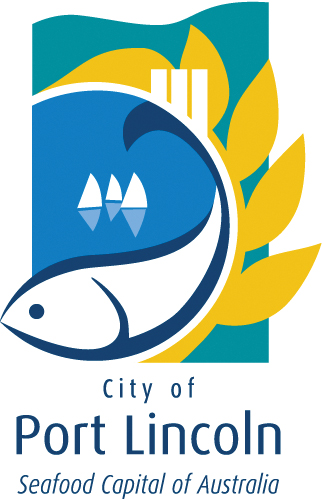Native Garden Beds - Parnkalla Trail East
Along the Port Lincoln Foreshore, you will find a range of native plants, planted in the garden beds. The garden beds located in the areas of the BBQ facililities near the Port Lincoln Yacht Club contains several native plants and includes three native edible plants. Learn more about these native plants, their Barngarla name and their natural uses below.
The Barngarla language used in the native garden is based on the Vocabulary of the Parnkalla Language 1844 written by Clamor Schurmann. The original Vocabulary recording took place at the Barngarla School located near North Shields including Port Lincoln and surrounding areas.
The reclamation and revival of this recorded local Barngarla language is important to the Port Lincoln Barngarla people.
Download: Native Garden Parnkalla Trail East Flyer [PDF 9.6MB]
Carpobrotus rossii (Garrgalla)
Known as Pigface (Barngarla name Garrgalla). The leaves are edible and are slightly bitter with a salty crunch. You can eat the leaves fresh, steamed, pickled and you can squeeze the liquid out to drink. When it has flowered the fruit pulp is ripened to eat. The leaves relieve inspect bites like that of the aloe vera plant, simply cut or break the leaf and apply to skin.
Traditional Aboriginal medicine and food source.
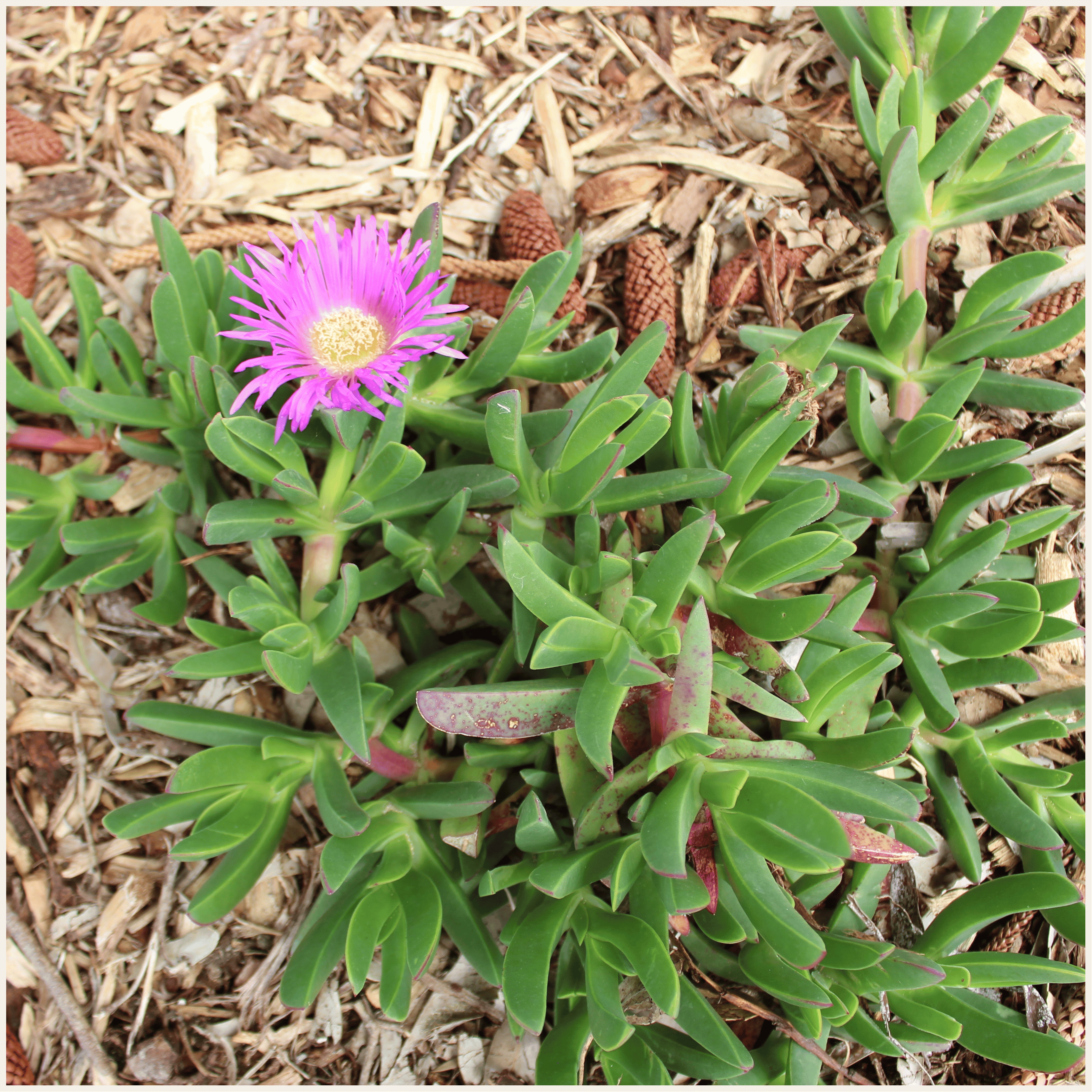
Correa pulchella
Australian Native Fuchsia known as Correa (Dusky Bells).
Grows to 1 metre to 2-4 metres and flowers from March to September and is drought and frost tolerant.
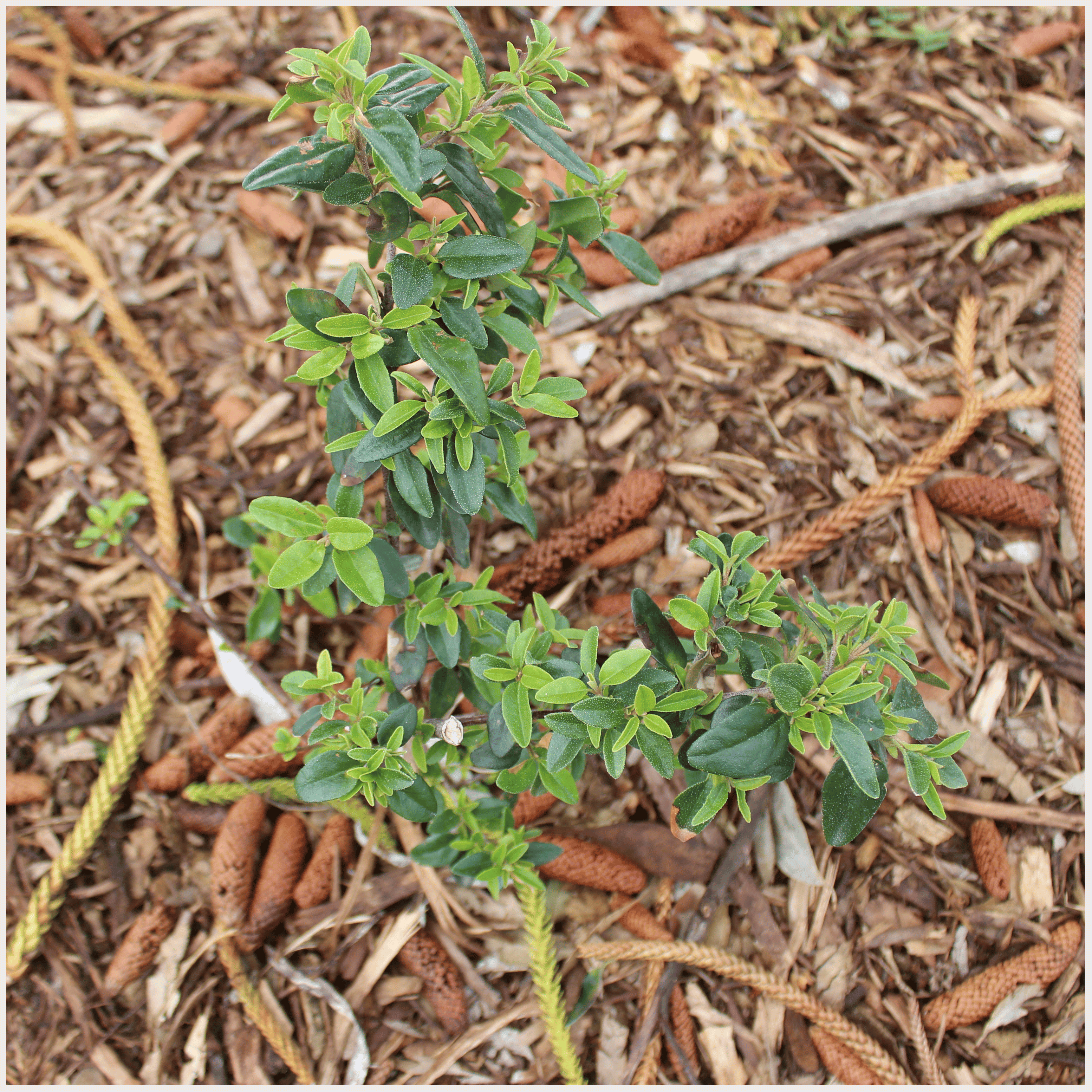
Cymbopogon ambiguous (Gara)
Known as Native Lemongrass (Barngarla name: Gara), it has a strong citrus odour. Essential oils can be extracted from the leaf to use in a variety of skincare, beauty and candle products. The stalks and leaves may be used in tea or as a fragrant flavouring ingredient in soups, curries, sauces and cakes. The leaves and roots can be boiled and used to treat flu symptoms, chest infections and skin sores.
Traditional Aboriginal medicine and food source.
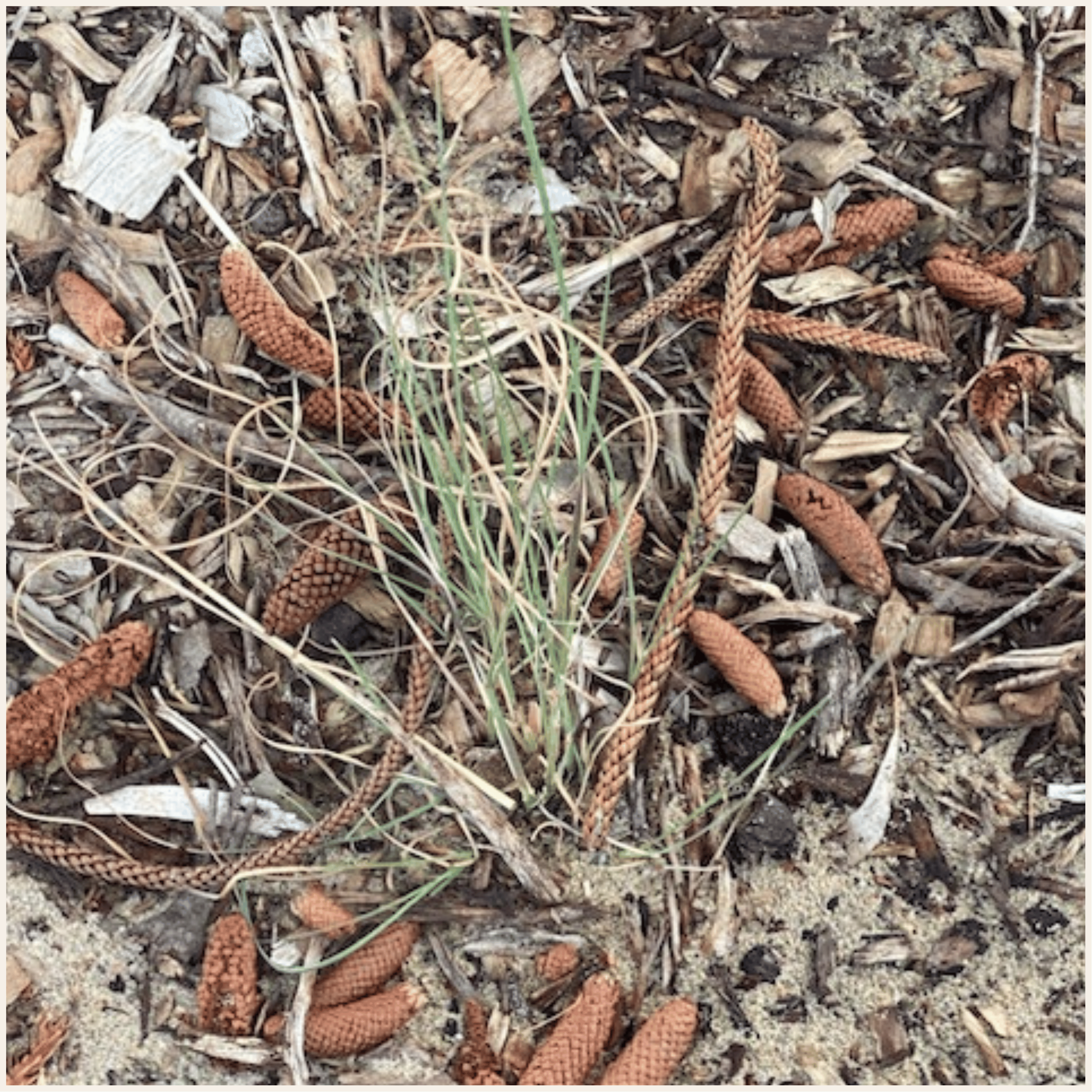
Enchylaena tomentosa (Irrgili-irrgara)
Known as the Ruby Saltbush (Barngarla name: Irrgili-irrgara). The plant produces yellow and red flowers all year round. It also produces small edible berries that are salty-sweet in flavour. The berries can be eaten raw or can be soaked in hot water to make a sweet tea. The leaves are edible and should be cooked before eating.
Traditional Aboriginal food source.
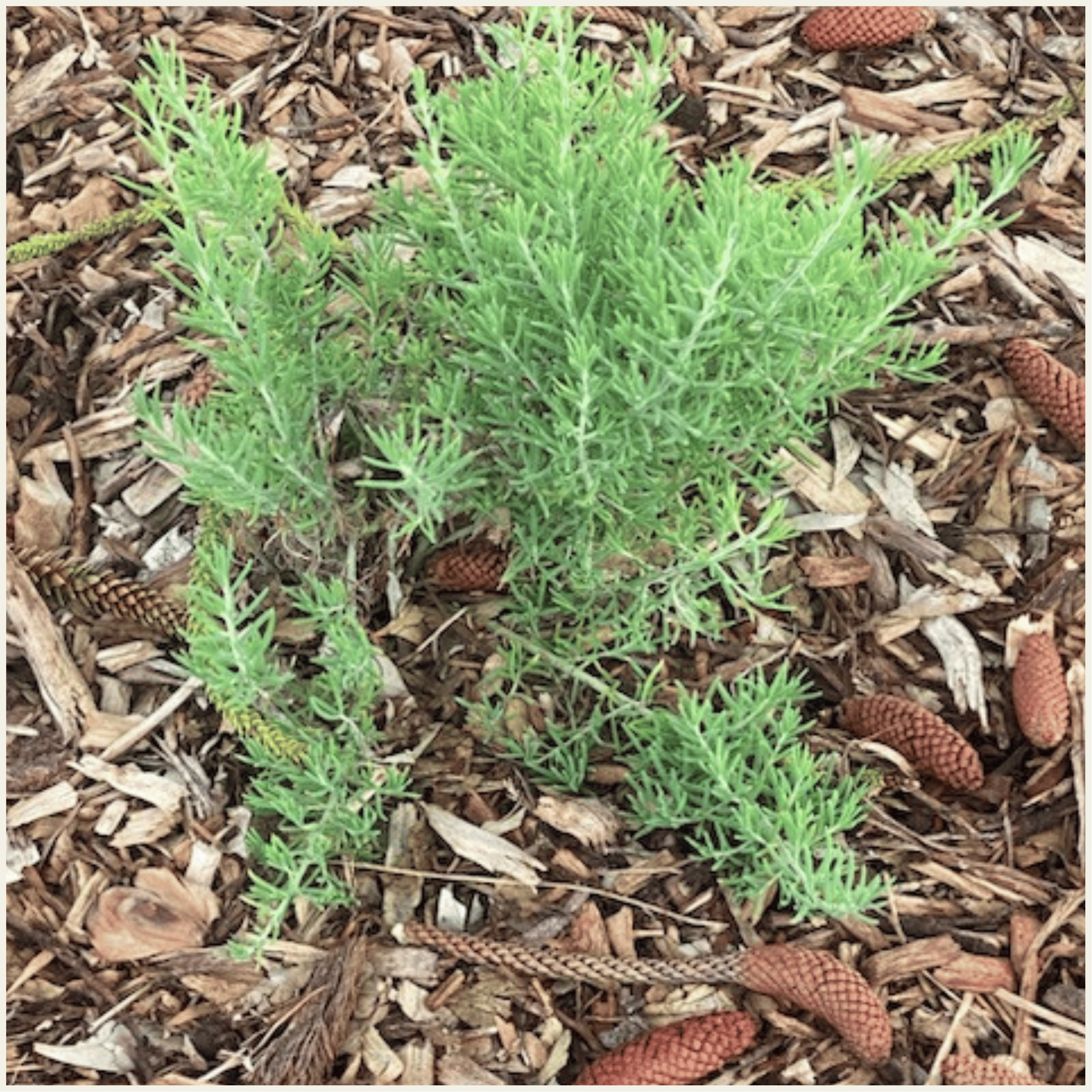
Lepidosperma gladiatum
Known as Coast sword-sedge or Coastal sword-sedge. This plant has clumping strappy dark green-yellow leaves and has brown spiky flowers during winter. Suited to coastal landscapes.
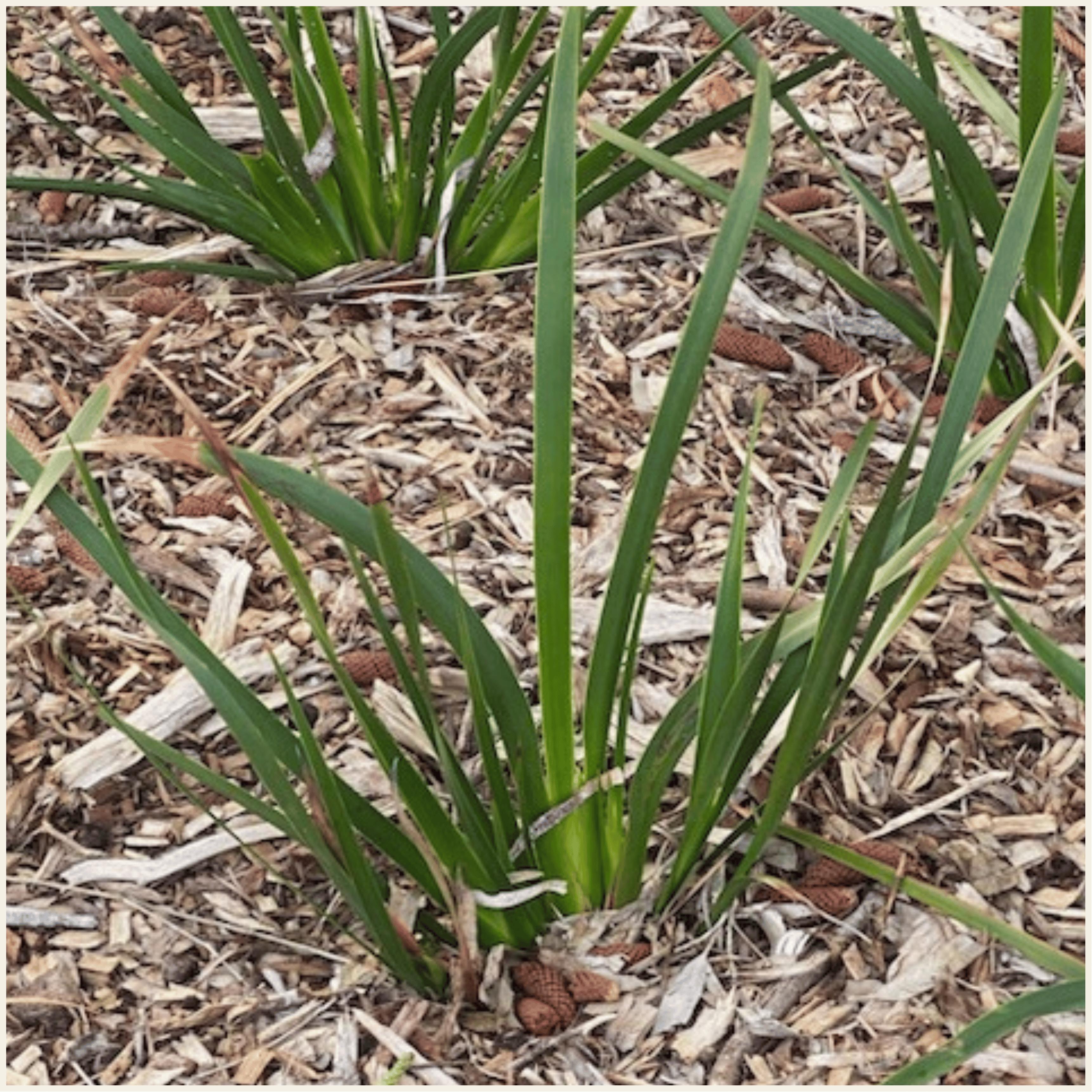
Leucophyta brownii (Cushion Bush)
Known as the Cushion bush. This plant is a textural scrub with silvery grey stems with tiny leaves and has round silver to pale gold flowers late spring to summer. It is a low maintenance plant and is drought resistant. It is a non-edible plant and can be found growing along the coast of South Australia and the Port Lincoln Foreshore and Parnkalla Walking Trail.
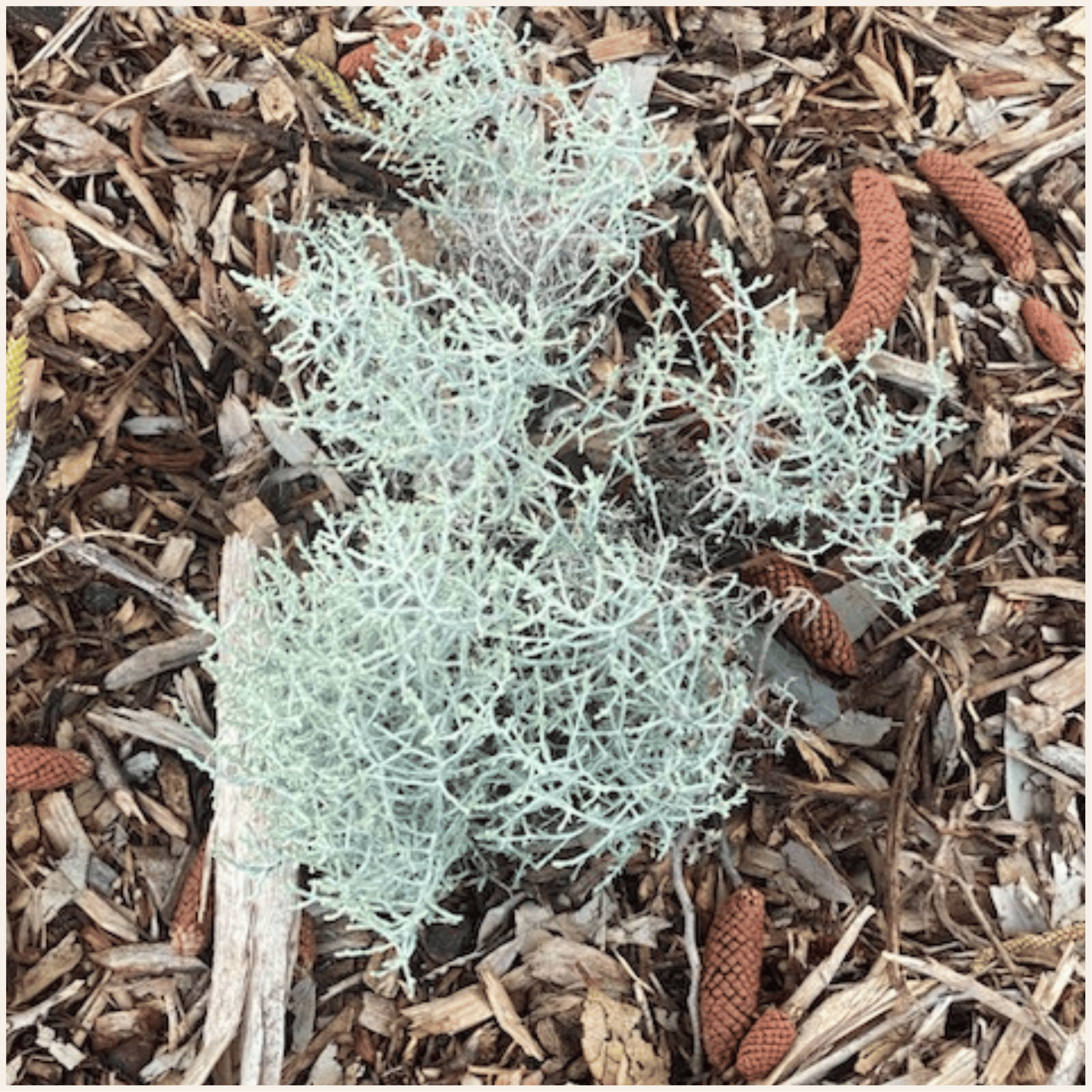
Scaevola crassifolia
Known as the Thick-leaved Fan Flower. This native shrub grows naturally in sandy coastal areas and likes full sun. Flowers in spring/winter.
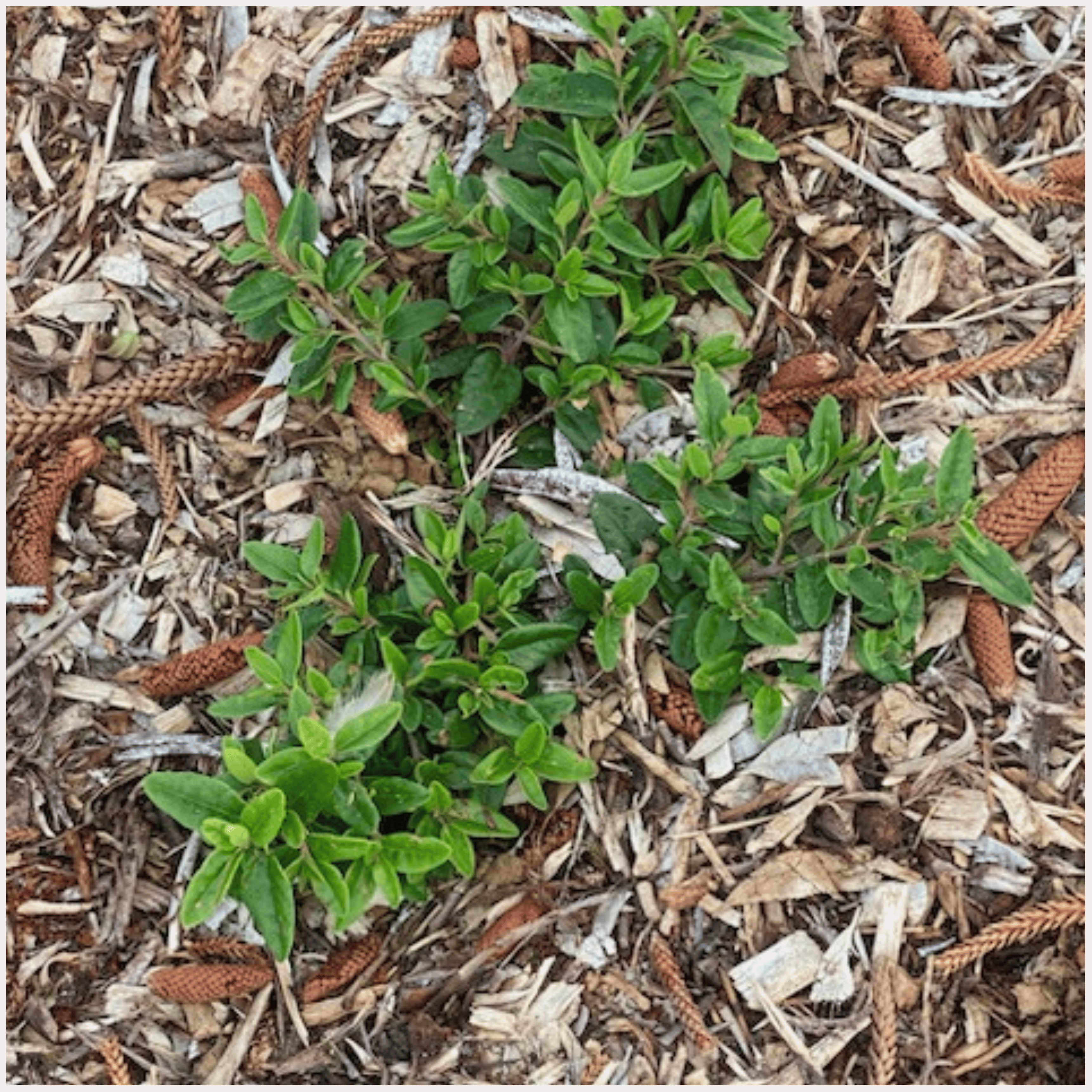
Need more information
If you have any questions regarding the native plants and garden beds, please contact:
City of Port Lincoln
Open Spaces Team
9.00am – 5.00pm, Monday to Friday
Phone: 8621 2300
Email: plcc@plcc.sa.gov.au
